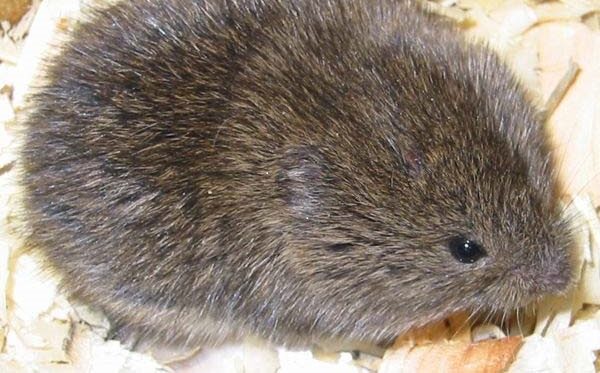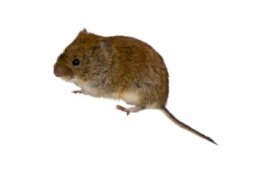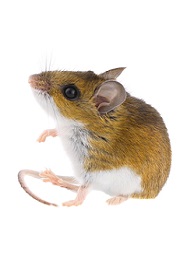
Is That a Vole or a Mouse?
When homeowners spot a small animal scurrying across the kitchen floor or digging in the yard, they may wonder if they have a problem with voles or mice. Both pests belong to the rodent family, so it is easy for people to mistake one for the other.
Certain characteristics help identify each animal for proper control.
Get rodent control for mice or voles
Find a Critter Control near you
Differences Between Voles and Mice
Appearance

Since voles and mice are both around five to eight inches long and have gray or brown fur, it may take a closer look to tell them apart.
Voles are stockier than mice with shorter tails, larger eyes, and smaller, less prominent ears.
Habitat
Homeowners may find voles or mice in the house, though one of these scenarios is more likely than the other. Mice thrive anywhere with food and shelter, including homes and barns.
Voles live outside in yards and stay near the ground. These pests prefer to eat plants, so those that do wander indoors won’t find many reasons to stay.
Vole vs. Mouse Problems
In yards, voles dig burrows and create pathways of dead grass, called runways, in lawns. They also consume a variety of garden plants and eat the bark from trees.
Property owners wondering if they have a vole or mouse in the house are likely dealing with mice. These pests cause issues in homes by eating stored food and contaminating surfaces with their waste. Their feces spread diseases, notably the bacteria that causes food poisoning.
Removing Voles vs. Mice
Getting rid of voles or mice involves modifying their habitat, though each pest requires slightly different changes. Mowing and removing protective foliage in the yard can help prevent voles. Keeping floors and countertops free of crumbs and spills deters mice.
Get them out.
Keep them out.®
Experiencing a wildlife or pest issue? We can help! Complete this form and your local Critter Control® office will contact you to assist.